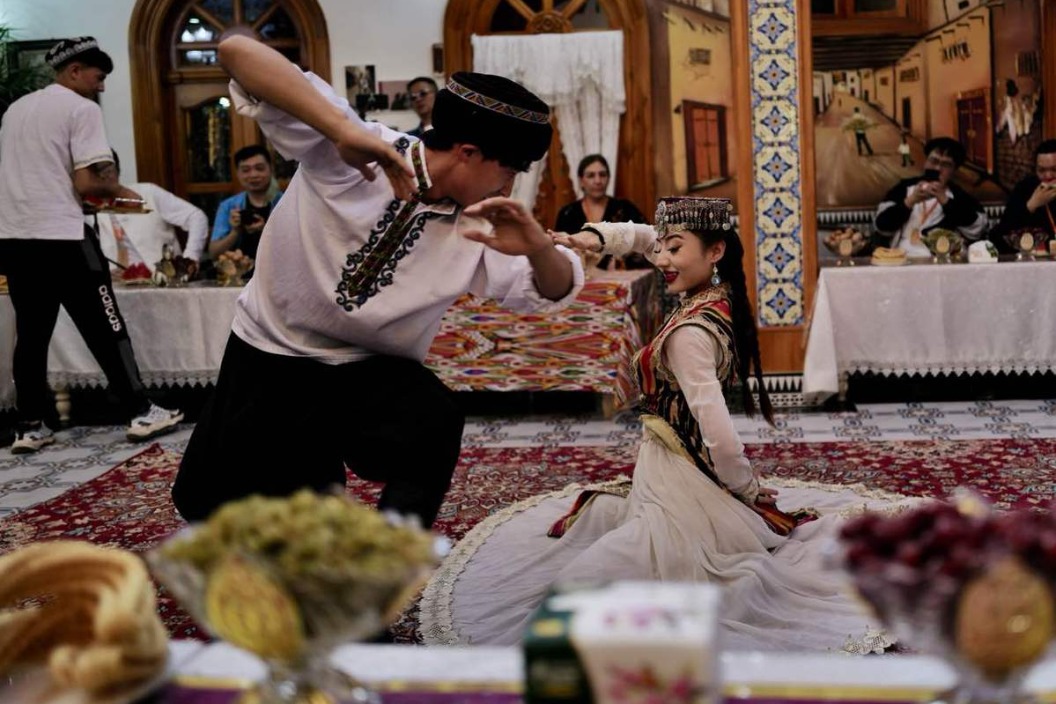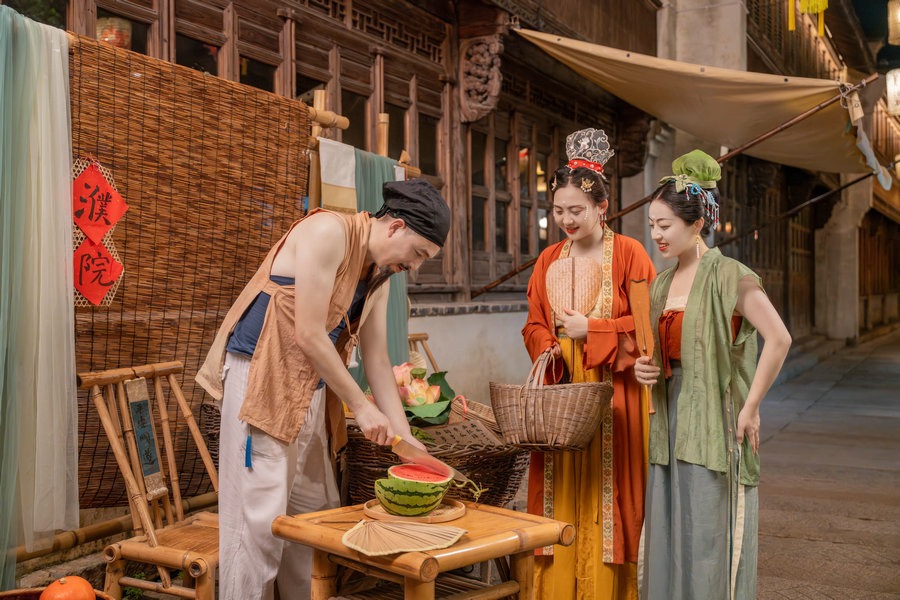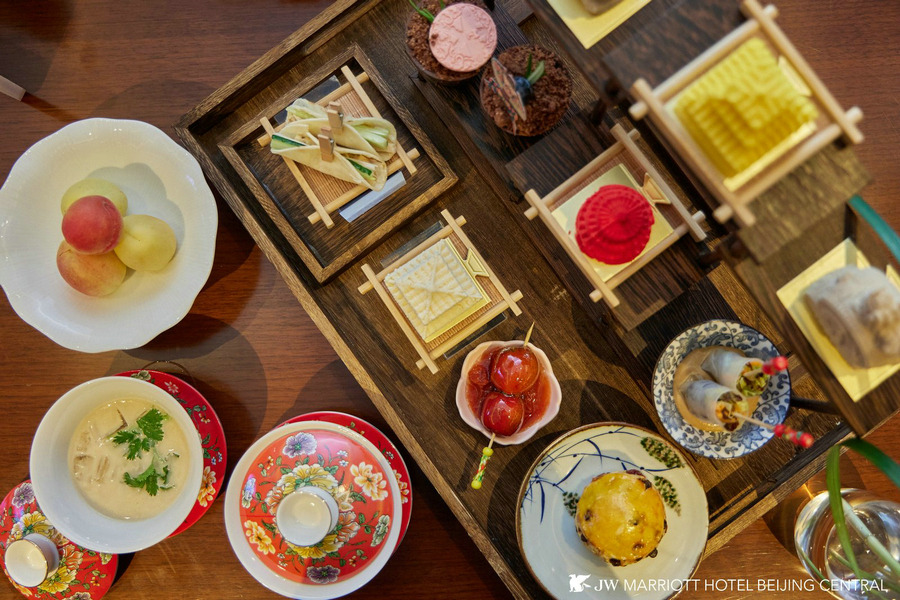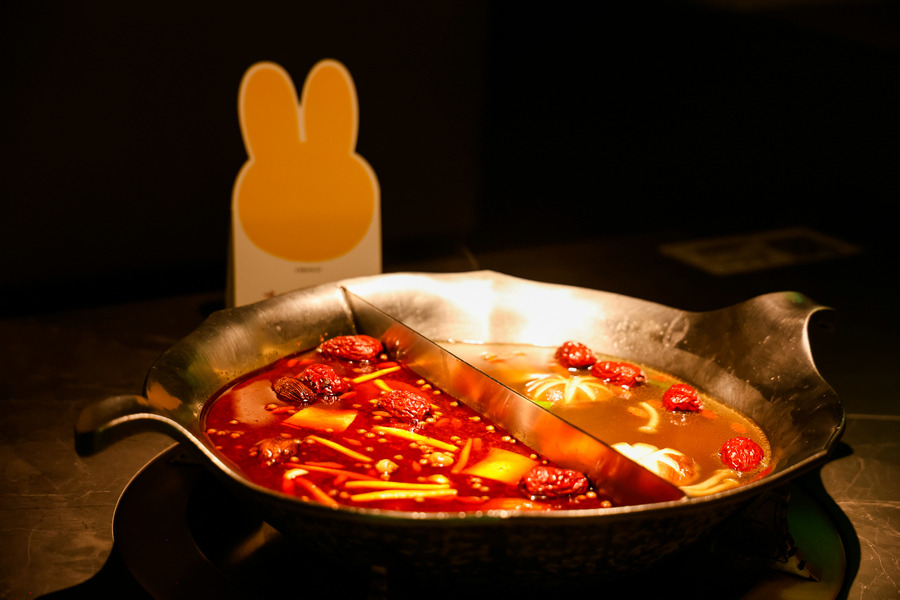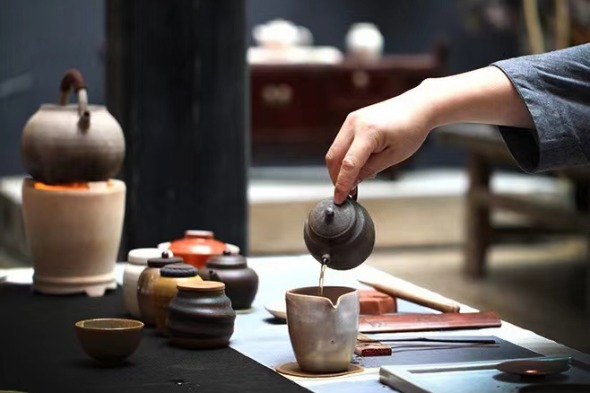Forgotten capital aims to revive past glory

 |
| Scenery of Laojun Mountain, a sacred Taoist site in Luoyang city, Henan province.[Photo/Xinhua] |
Protection versus Development
Heritage protection is often in conflict with city development, especially as the relics area occupies a quarter of the city center. It is no easy job to maintain balance as Luoyang strives to become one of Henan's two economic engines amid rapid urbanization.
"City planning and construction are intertwined with cultural relic protection. If we can handle them well, it will be a win-win situation," said Li.
"But if we mess it up, the relics will either constrain development or they will be damaged," he said.
As early as the 1950s, when the central government planned to turn Luoyang into a major industrial base, the local government avoided building factories in the city area, instead setting up a brand new industrial district in the suburbs.
Currently, 42,000 residents live in the Sui and Tang cultural relics protection area.
"Some of them will be relocated and some will be allowed to stay. It depends on the threats posed to the relics," said Li.
Qian Binggen's family was one of the 800 households relocated in 2009 due to the reconstruction of Tian Tang or Heavenly Hall, where Empress Wu attended Buddhist rituals, and Ming Tang or Hall of Enlightenment, where she handled government affairs. The relocation project cost 1.35 billion yuan.
Since 1955, Qian, 82, had lived in a compact apartment provided by his employer, a machinery construction company. His family was relocated to a residential complex two kilometers away.
At the beginning, Qian was reluctant to move out, but now he accepts the changes.
The protection of cultural relics should also benefit local residents, said Du Jinpeng, a researcher with the CASS Institute of Archaeology.
Providing free entrance for locals or building an archaeological theme park can give something back to those made sacrifices for the protection of the relics, he said.
Song Gaoxiang, 53, a villager who has been working at the excavation site for some years, has high hopes for when the Erlitou Relic Museum opens to the public.
"I'm planning to open a restaurant nearby when the museum is completed," he said.
















